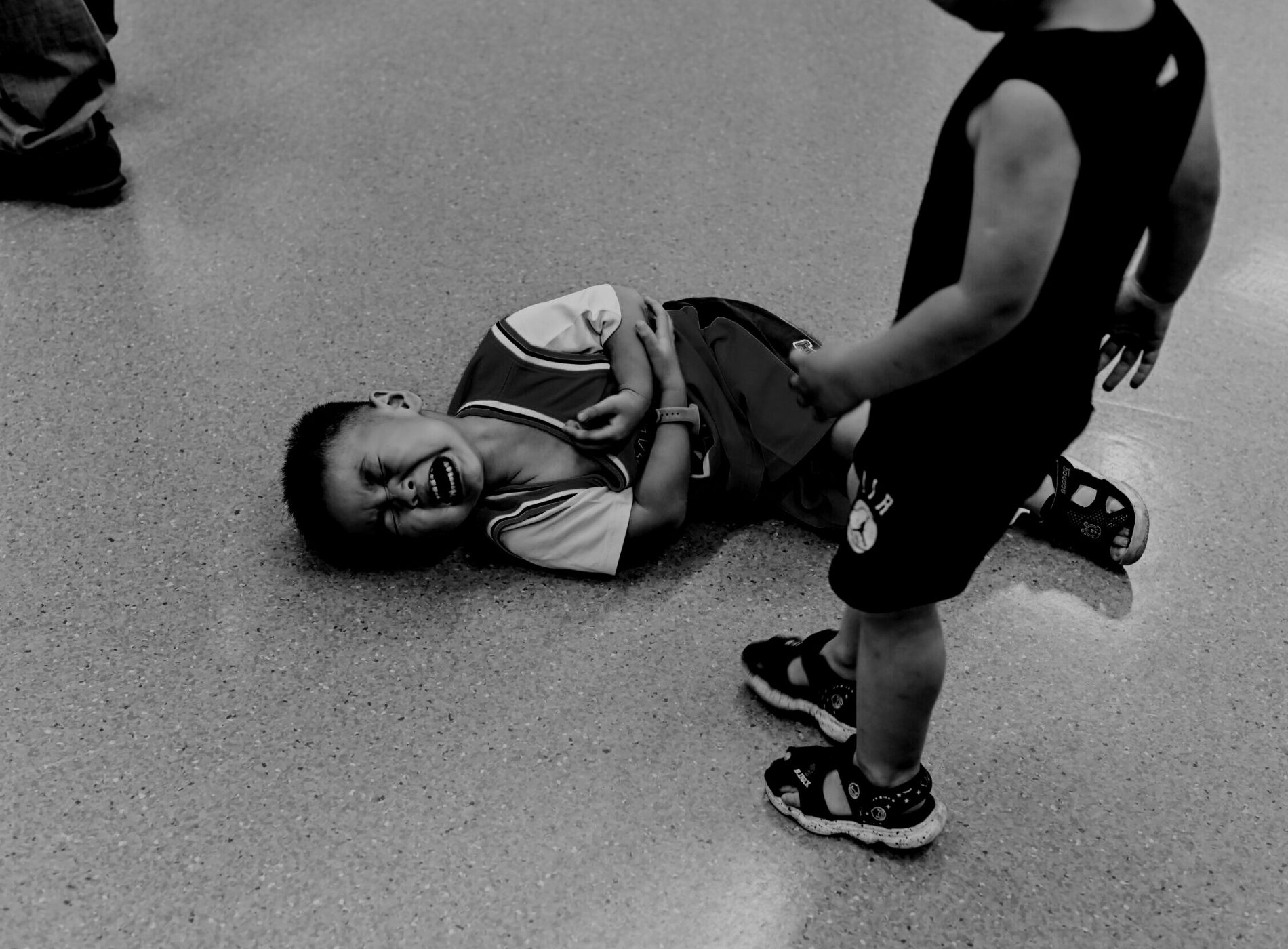
What is Team Development?
We all know the importance of continuous development in our own role at work. Having a commitment to getting better at the things that add most value in our roles has many benefits. The same things are true for Team Performance – in order to keep making the most effective impact possible, Teams benefit from continually focusing on improving their capabilities to work together. This is Team Development.
Team Development is all about the systematic improvement in Performance that a team makes sure happens. Performance is doing the things you need to do to get the results you want, so when a team is developing it’s performance as a matter of course, it’s far more likely results will be the best they can be, however much the conditions change or the team make up changes.
A team is truly a team and when there is a clear and agreed shared goal that can only be achieved by the members of the team working together. It’s about interdependence and the need to unite talents, experience, knowledge and expertise so that successful outcomes are delivered.
What are the winning behaviours and characteristics of a successful team?
Successful teams have the following characteristics:
- Everyone on the team understands the shared RESULTS that are being pursued and the valued performance characteristics that need to be present in achieving those results.
- Everyone on the team understands their own role in the team, as well as everyone else’s. There’s deep role clarity and more importantly, role acceptance and performance from everyone.
- Everyone knows they lead team performance from their position in the team and everyone seeks to be the best at bringing their own expertise to the table, as well as being the best at helping everyone else bring theirs. This means the team has a very healthy sense of competitive collaboration – “I want to be the best on the team at collaborating”
Successful teams will be seen to:
- Always align behind their team purpose, regularly referring to it and the key performance characteristics that are key to success.
- Share perceptions of the conditions that the team is currently performing in so that adjustments to game plans can be made to suit the situational need.
- Keep role clarity and role performance in great shape by regular updating of everyone’s contribution to the team success.
- Keep assessing the team’s performance level against the true KPI’s that the team has agreed it needs to keep in great shape.
- Be superb at adapting to changes on the team, making the most of personnel changes to maintain great performance.
- Collaborate superbly with other teams who they know they are dependent on for achieving their success.
- Celebrate success and feedforward the learnings of how success was delivered so development is inevitable.
The Role of a Team Member vs. the Role of a Team.
When it comes to improving team performance, there are two essential agendas for everyone to keep in mind:
- The team needs to build in structures and rituals that mean there are regular, collective assessments of performance improvements being made and updating of areas of focus that everyone needs to invest in that will ensure continued development.
- Individuals need to keep thinking about their role and contribution to the team’s success by being the best version of themselves that they can be. With this is mind, they need to stay focused on strengthening strengths and developing new areas of capability that allow them to play their role to the full.
With these two areas of regular focus, it means that ALL team members are responsible (with the leader having greatest responsibility) for leading the team by example through their continued pursuit of personal development (and sharing the progress) AND for making sure the team sticks to it’s collective rituals of collective development. When everyone is contributing in these ways, the importance of Team Development is never relegated into an afterthought.
How to Assign Roles and Responsibilities in a Team.
The most important steps to keep in mind when it comes to Roles for the team are:
- List out all the roles that the team requires in order to Perform (do the things it needs to do to get the results that it wants).
- Ensure that all those roles can be covered by the current membership of the team.
These first two steps have probably been done in the formation of the team, so should be no surprise to anyone. However, the next steps are key and are often overlooked.
- With the Purpose of the Team in mind, make sure that everyone makes clear what their role is and how they’ll contribute to the team’s success from their seat around the team table. Do this process together so there are never any assumptions made, as you’re stating the role for THIS team, in THIS context, trying to achieve the unique GOALS for now. ROLE CLARITY for your team members is essential to share.
- Make sure that there is ROLE ACCEPTANCE for each person in their role and that there is acceptance from everyone else about how everyone else is playing their role for the team. Role Acceptance is again critical, as without it there can be confusion, lack of confidence, duplication of effort and you won’t get ROLE PERFORMANCE that is focused on this team’s success.
How Does Team Structure Affect Performance?
A really helpful conversation for a team to have in support of the Role Clarity conversations is that of TEAM FORMATION. When a team fully understands its formation, the roles will often be carried out far more effectively. Many different formations exist. Think Relay Team vs Rowing Crew. Think Orchestra vs Theatre Cast. Think American Football Team vs Formula 1 Pit Crew.
How you have to organise yourself as a team and how the interdependencies need to work is critical to spell out. Don’t assume everyone knows the formation you’re playing and what that means for how they play their role. Have the conversation and be ready to change formation if your conditions or a change in goals requires it.
Can Improving Team Dynamics Impact Behaviours in a Challenging Work Culture?
It’s been said that culture in businesses doesn’t actually exist, because people recognise a culture of their team far more strongly than they do an organisational one. However, this means that if you have some shared values and approaches to how teams are built and developed across your organisation, you can have a shared Team Culture. If we have a shared team culture and teams collaborate in an organisation, which is really just a team of teams, then we start to build organisational culture from the team up, rather than the top down.
The Impact of Effective Team Training.
If you want to invest in Team Training, make sure you invest in a programme of work that helps you (the team) build Team Development into your diary. Team Training should have a lasting effect on your Team Development Practices. Team Training should be helping you build Team Practices that will make your ongoing improvement inevitable. If training is just helping you build a raft together, it’s not going to have lasting impact on your Team Performance (unless you build rafts for a living).
Bringing a Team Together After Poor Performance.
In the world of successful teams, the role of the performance review as an ongoing habit is an essential ingredient to get in place. Teams come together after all performances and they make a commitment to learning to feedforward into the next performance. With this approach, we avoid the classic situation of bringing a team together only after a bad result (and/or performance) when you get to realise you hadn’t prepared properly as a team or hadn’t got the right foundations in place to adapt in the face of conditions changing.
Commit to being result agnostic when it comes to REVIEWING PERFORMANCE and you’ll be guaranteed that as a team, you’ll always develop whether your delighted or devastated with your most recent result or performance. Reviewing is a key skill that when it’s done superbly, it adds to the teams confidence to keep pursuing success even in the toughest of conditions.
Conclusion.
Teams that are focused on embedding TEAM DEVELOPMENT into their calendars are committed to consistently looking to find out how good they can be. As a result, they’re primed to stay curious and to keep learning. They’re tuned in to the need to keep going and are always prepared to perform as well as possible in any circumstances. When Teams take care of themselves in the right way as a matter of course, resilience isn’t something you ever talk about. You are always focused on being READY to perform as a team and you’re excited to find out how well you can do in the face of the next challenge in front of you.
Team Development as a way of being is a shift in mindset and behaviour you’ll be glad you committed to.






